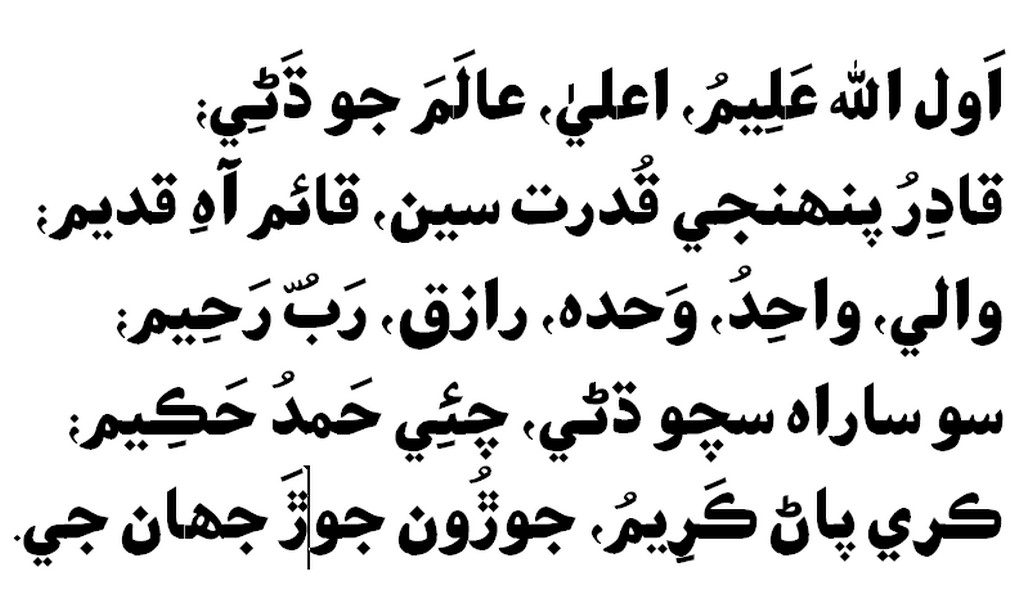


The original copy disappeared sometime in 1854. A copy of the compilation known as “Ganj” was retained at the mausoleum. The message was duly recorded and compiled. But at the request of one of his disciples, the sufi poet asked his servant, Mai Naimat, who had memorized most of his verses, to rewrite them. A mausoleum was later constructed there.īefore his death, fearing that people might ignore his poetry, he destroyed all his writings by throwing them in the Kiran Lake. When they stopped playing from pure exhaustion, they found the poet dead. Having a great passion for music, one day he ordered the musicians to play music. In 1742, Shah Abdul Latif decided to settle in Bhit, meaning “The Sandy Mound”. His wife died at an early age, before she could have any children. In 1713, the Sufi poet married Bibi Saidha Begum. His spiritual and mystic poetry carries a message of love and universality of the human race. He denounced extravagance, injustice and exploitation in all forms and at all levels, and praised simplicity and hospitality. It is through his journeys that he acquired the background for most of his poems. Shah was a missionary and believed in practical learning. He was also proficient in the Persian, Sanskrit, Saraiki, Urdu and Baluchi languages. The poet excelled in the Sindhi language.


He always carried with him copies of the Quran, Masnavi Maulana Room, and Risalo of his great grand father Shah Abdul Karim of Burli. He was proficient in the knowledge of Quran and the traditions. It is said that the Shah’s father, Syed Habib Shah, had migrated from Matyaru, his ancestral home in Afghanistan to Bhainpur in Sindh, in order to gain spiritual contact with Bilawal, a local pious man.Ībdul Latif received his early education from a Madrasa run by Akhund Noor M. Shah Abdul Latif, a great scholar, saint and spiritual poet, was born in Hala Haveli near the Khatiyan village of Hyderabad District, Sindh in 1689.


 0 kommentar(er)
0 kommentar(er)
